We kindly inform you that, as long as the subject affiliation of our 300.000+ articles is in progress, you might get unsufficient or no results on your third level or second level search. In this case, please broaden your search criteria.
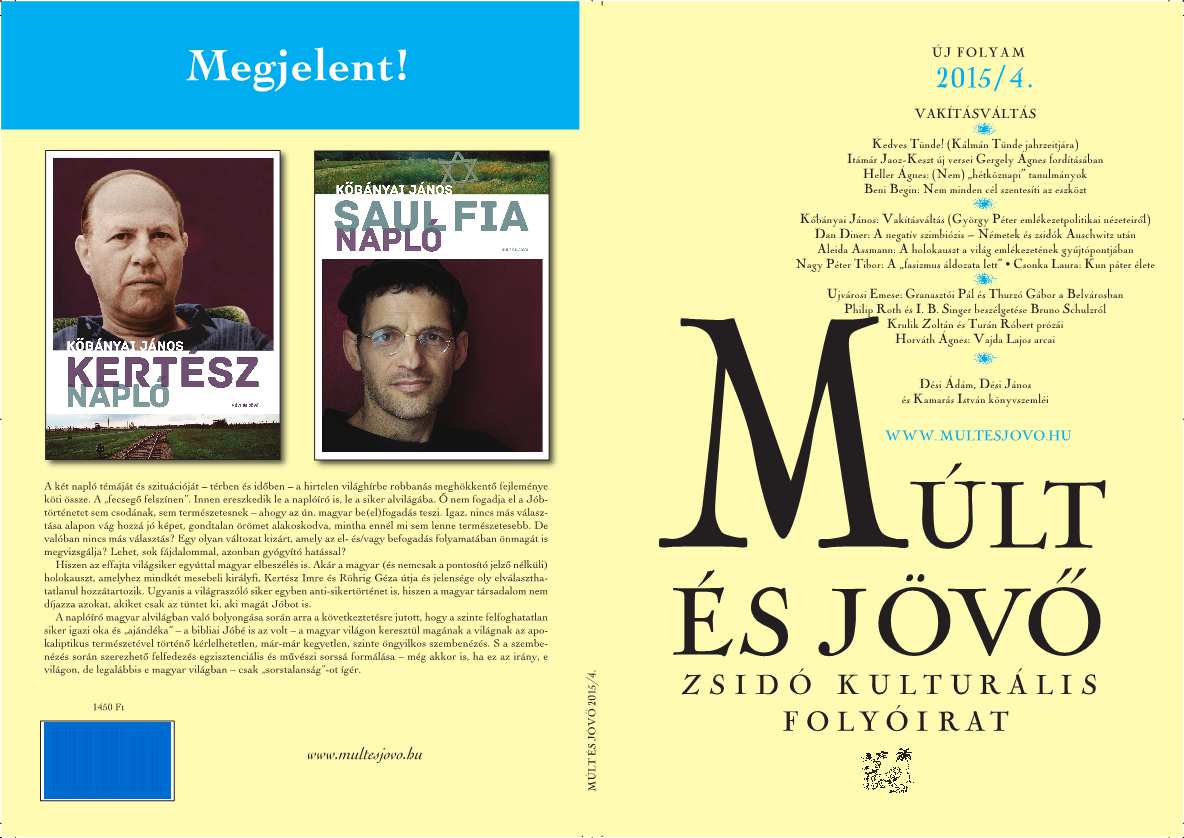

In the works of Irena Dousková (b. 1964) the Shoah appears in several different forms. Often it appears only implicitly, as in the verse collection Bez Karkulky (Without Little Red Riding Hood, 2009) and the prose fiction Někdo s nožem (Someone with a knife, 2000). In her most recent work of prose fiction, Darda (Darda, 2011), the Shoah is thematized by means of a dream. In a kind of waking dream, her late father, Freistein, a S hoah survivor, speaks to her. Similarly, the vision of sudden annihilation in the form of a tsunami, which has repeatedly come to the narrator since her childhood and she has been trying to decipher in psychotherapy, is a reference to the traumatic experiences of what is widely known as the ‘second generation’ of Shoah victims. Though she avoids an explicit description of Nazi despotism visited on the Jewish population, which is seen from the perspective of a victim, the author concentrates on the consequences of such inhumane behaviour. Instead of being presented with characters’ accounts of their own survival in concentration camps, the reader is presented with narratives about biological survival, which is inherent in the species universally as an endeavour to preserve itself (Goldstein píše dceři, Goldstein writes to his daughter, 1997, and the story ‘Štěstí’ [Happiness], in Čím se liší tato noc [How this night is different], 2000). Dousková’s works, however, employ other approaches as well. In her writing, the author develops a whole tangle of examples of Czech heterostereotypes, and also emphasizes – sometimes openly, sometimes implicitly – the Jewish identity of the characters or the narrator. In such a context, one has to take into account the theme of Czech collective memory about the destruction of Czechoslovak citizens who either considered themselves Jewish or were designated as such by others. Even after the death of the eyewitnesses to the catastrophe of their Jewish neighbours, traces remain in collective or individual memory, in the form of either direct narration of a given local community (as in the story ‘Chuligán’ [Hooligan], in Čím se liší tato noc), or of a petrified local legend or myth, which circulates in that community (O bílých slonech, Of white elephants, 2008). The subtle way in which the author constructs such types of Shoah survival sometimes leaves the reader with only a subliminal impression.
More...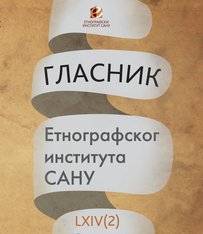
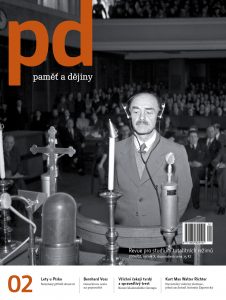
The story of the Lety u Písku camp is an emotional subject for both professional and general public due to its links to the Roma Holocaust. This has also partly affected the research so far which has either focused on the fate of the Roma prisoners or on the Gypsy Camp Lety. The guards have received very little attention until now. Who were the men that served in Lety? Where did they come from, why did they serve there and what was their work like? The answer to these questions may also explain what really happened in Lety u Písku.
More...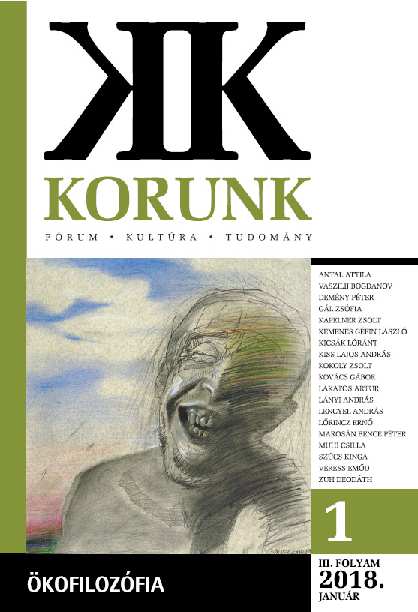
Fenyves Katalin – Szalay Marianne (szerk.): A holokauszt és a családom Park Könyvkiadó, Bp., 2015
More...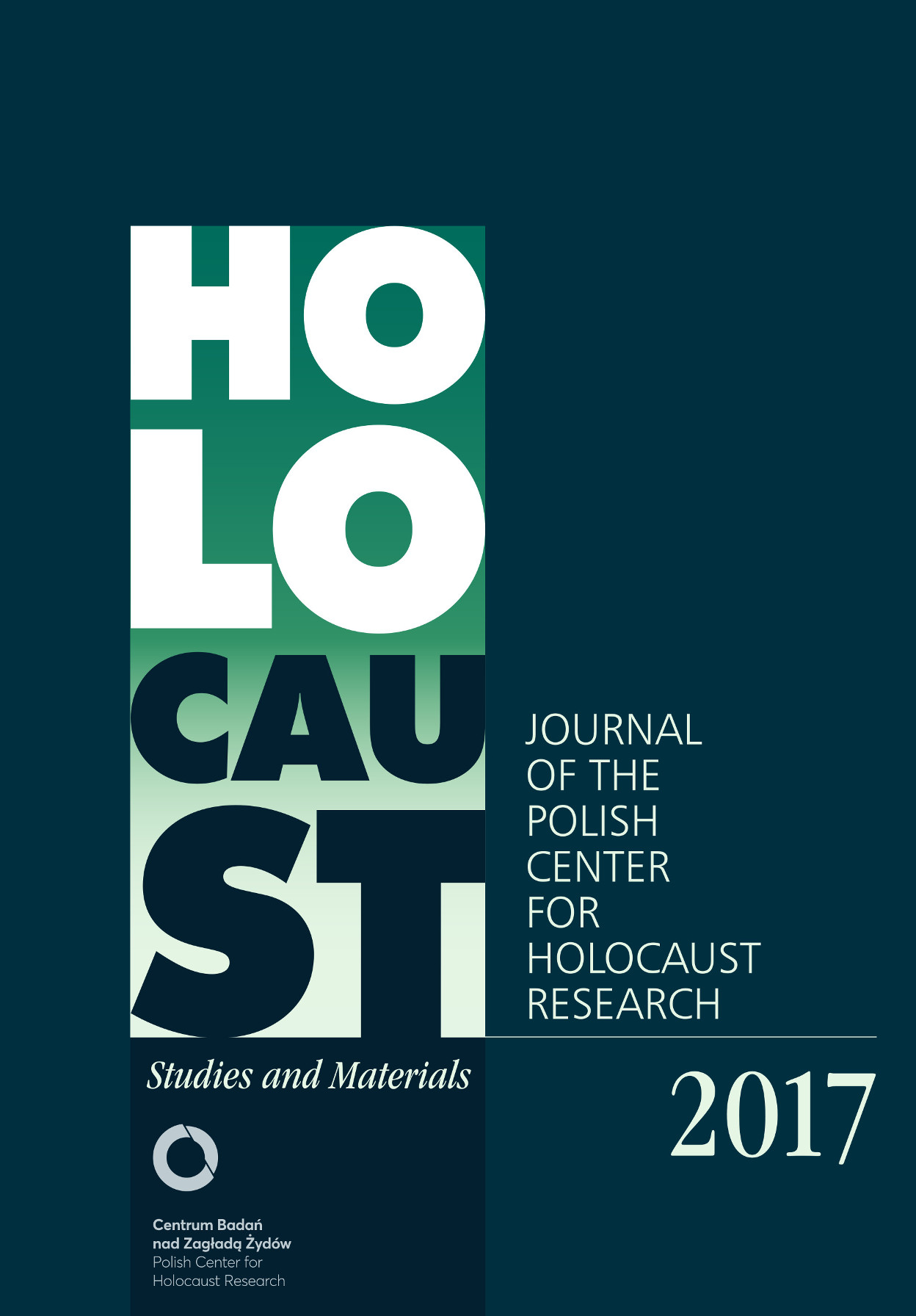
Written on the ‘Aryan’ side, Doctor Chaim Einhorn’s diary contains recollections of the ghetto, particularly the deportation campaign period, and a few passages written during hiding in the Warsaw district of Praga – Doctor Einhorn and his wife were hiding with a few other Jews at teacher Romana Hanke’s home.
More...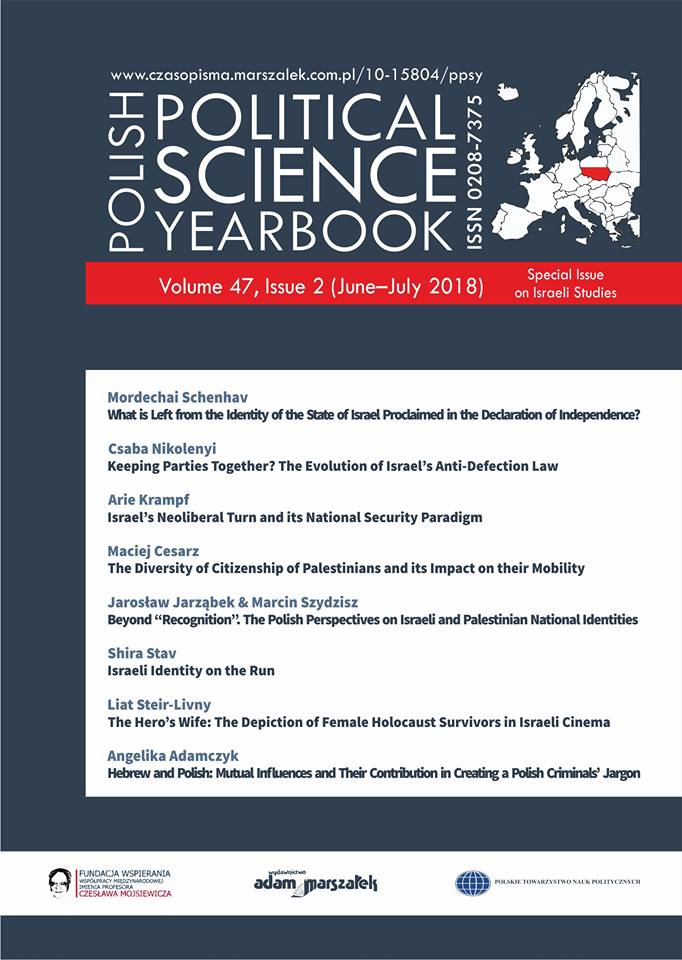
Israeli culture in the 1940s and 1950s was dominated by ideological considerations. Zionist films, as other aspects of Eretz-Israel and Israeli culture, distinctively propagated Zionist ideas. As a consequence of their sociopolitical focus, these films neglected the complexities of the relationship between Holocaust survivors and the native Jews in Eretz Israel. Instead, Holocaust survivors were reduced to a homogeneous entity that bore distinct negative connotations. Films depicted female Holocaust survivors as mentally unstable, unfit mothers, and often played up negative sexual stereotypes. In these films, the women were “cured” or went through a process of “purification” thanks to the Zionist establishment. Historical research often cites the trial of Adolf Eichmann (1961) as being a turning point in the Israeli public’s perception of the Holocaust, and its representation in Israeli culture. This article will focus on an analysis of the film The Hero’s Wife (Peter Frye, 1963) that was produced in the aftermath of the trial. It will discuss the innovative representations of this unresearched film and will seek to answer the questions of why, and in what way, its narrative comprises a subversive antithesis to the narrative shaped by Zionist fiction films made prior to the Eichmann trial.
More...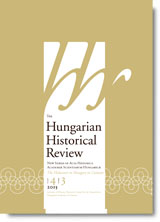
The first ghetto was established in Hungary on April 16, 1944, about one month after the German invasion of the country. Within eight weeks, the Hungarian gendarmerie and police, together with the German Sondereinsatzkommando, had detained more than 400,000 Hungarian Jews in over 170 ghettos. There were significant differences between the individual ghettos in Hungary with regard to housing, provisions, the ability to make contact with the “outside world,” the extent of violence, etc. The living conditions depended to a great extent on how the local administrations implemented the measures for ghettoization and how the non-Jewish population reacted to the creation of the ghettos. In addition, ghettoization in the annexed territories differed in many perspectives from ghettoization in the core of Hungary. It was not only more brutal, but also much less structured. The paper investigates the formal differences between the individual Hungarian ghettos and describes the widely differing situations experienced in them. On the basis of personal documents and the preserved estates of ghetto administrations, I offer a portrayal of daily life inside the ghettos in the capital and in cities and smaller towns in rural parts of Hungary.
More...
In the course of May and June 1944, forty-five trains crammed with Jews from Northern Transylvania were sent to Auschwitz-Birkenau, making the region “Judenfrei” in accordance with the Nazi vision of the “Final Solution.” This article explores how the extermination process and its consequences, including the costs incurred, were approached and handled by the central and local authorities of Northern Transylvania as bureaucratic tasks. As I show, in addition to participating directly in the processes of genocide, local authorities also aimed to assure “the reparation of material and financial damages” caused by ghettoization, while the expropriated assets of the deported and their unresolved financial transactions were subject to further administrative action. Drawing on scattered documents held in various provincial branches of the Romanian National Archives and materials from the Cluj-based People’s Courts from 1946, in this article I discuss the high-level of continuity among Hungarian administrative personnel in 1944 and demonstrate that practically the entire Hungarian state apparatus participated in the implementation of the Final Solution. I argue that the economic costs incurred by “Christian Hungarians” may have been negligible compared to the overall theft of “Jewish property,” but the administrative tasks related to ghettoization and deportation were substantial.
More...
The article provides a case study of Szatmárnémeti (Satu Mare, today in Romania) during World War II by using the concept of economic nationalizing. I investigate the motifs behind the de-Jewification and re-Hungarianization of the city and show that by 1944 the Hungarian leaders were convinced not only that the seizure of Jewish property would significantly improve their own situation, but also that the gradual implementation of this policy was the key reason for its previous failure. The article also discusses the ways in which the Hungarian elite aroused expectations among the Hungarian public that Jewish property would be redistributed as a “national gift” and the eagerness of members of practically all sectors of Hungarian society to acquire property that had been left behind by the deported Jews. I thereby argue that the relatively strong local support behind the deportation of Jews was driven, above all, by the economic interests of the local Hungarian community. The entire economy of the city was de-Jewified and re-Hungarianized when the Jews were deported in the summer of 1944. However, I also show that, ambitious plans for social redistribution notwithstanding, major redistribution of assets took place primarily within the housing sector. In general, the gains of the beneficiaries were sharply exceeded by the human and material losses for the city as a whole.
More...
In the early summer and autumn of 1944, more than 55,000 Hungarian Jews had been deported to Austria as forced laborers. 17,500 of them arrived in Strasshof from various Hungarian ghettos in the summer of 1944. There, a real “slave market” was opened to meet the demands of Austrian entrepreneurs who urgently needed manpower in their factories and farms. The deported families—mainly mothers, children and grandparents—had to work in Vienna and in Lower Austria on farms, in trade, and in particular in the “war industry” (for example, in construction companies, bread factories, or oil refineries) as forced laborers. The working and living conditions of the forced laborers varied widely depending on the camp in which they were housed, the branch of industry in which they had to work, and the conduct of the local military administration in the camps and the various workplaces. In this essay, we highlight two fundamental aspects of the topic which are connected to two different methodological approaches to socio-historical understanding. On the one hand, we re-localize the history of Hungarian Jewish slave labor in Vienna on the basis of historical sources, documents and testimonies. On the other, using the same testimonies and archival materials, we portray the everyday lives and typical survival strategies of slave laborers.
More...
In this paper, I examine the trial of Adolf Eichmann, portrayals of the trial in the contemporaneous Hungarian press, and the effects of the trial and the coverage on the formation of Holocaust memory in communist Hungary. The trial presented a problem for communist propaganda because it highlighted the destruction of Jews as the worst crime of the Nazi regime. While communist ideology’s anti-fascism defined its stance as “anti-anti-Semitic,” the Marxist-Leninist interpretation of World War II as a conflict between two opposing, ideologically defined camps (fascists and anti-fascists) made it difficult to accommodate the idea of non-political victimhood, e.g. the destruction of Jews on the basis of racist ideas and not because of their political commitments. Moreover, because of Eichmann’s wartime mission in Hungary, it was clear that the trial would feature a great deal of discussion about his activities there. Therefore, the Hungarian Kádár regime devoted considerable attention to the event, both within the Party and in the press. The analysis concentrates on two aspects: what did the highest echelons of the Hungarian Socialist Workers’ Party intend to emphasize in the Hungarian coverage of the trial and what kinds of interpretations actually appeared in the press. In the end, the party’s political goals were only partially achieved. Control over newspapers guaranteed that certain key propaganda themes were included rather than ensuring that other narratives would be excluded. I argue that, while the Kádár regime in Hungary did not intend to emphasize the Jewish catastrophe and certainly did not seek to draw attention to its Hungarian chapter, as a consequence of the Eichmann trial there nevertheless emerged a narrative of the Hungarian Holocaust. Through various organs of the press, this narrative found public expression. Though this Holocaust narrative can be considered ideologically loaded and distorted, some of its elements continue to preoccupy historians who study the period today.
More...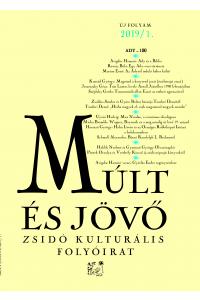
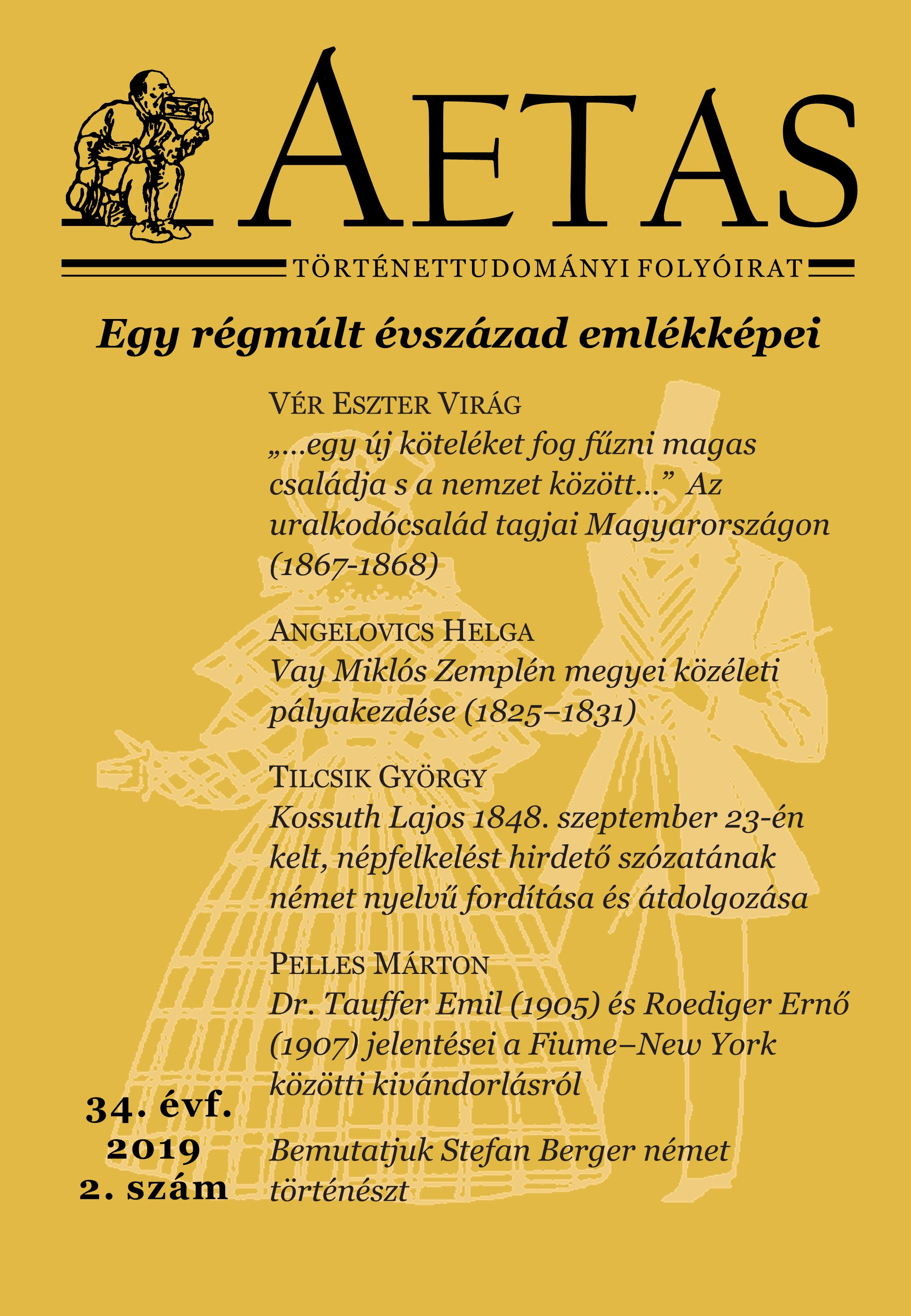
Szelke László: A Gresham a nácik ellen. Az ellenzék, az embermentés és az ellenállás hálózatai. Jaffa Kiadó, Budapest, 2016. 230 oldal
More...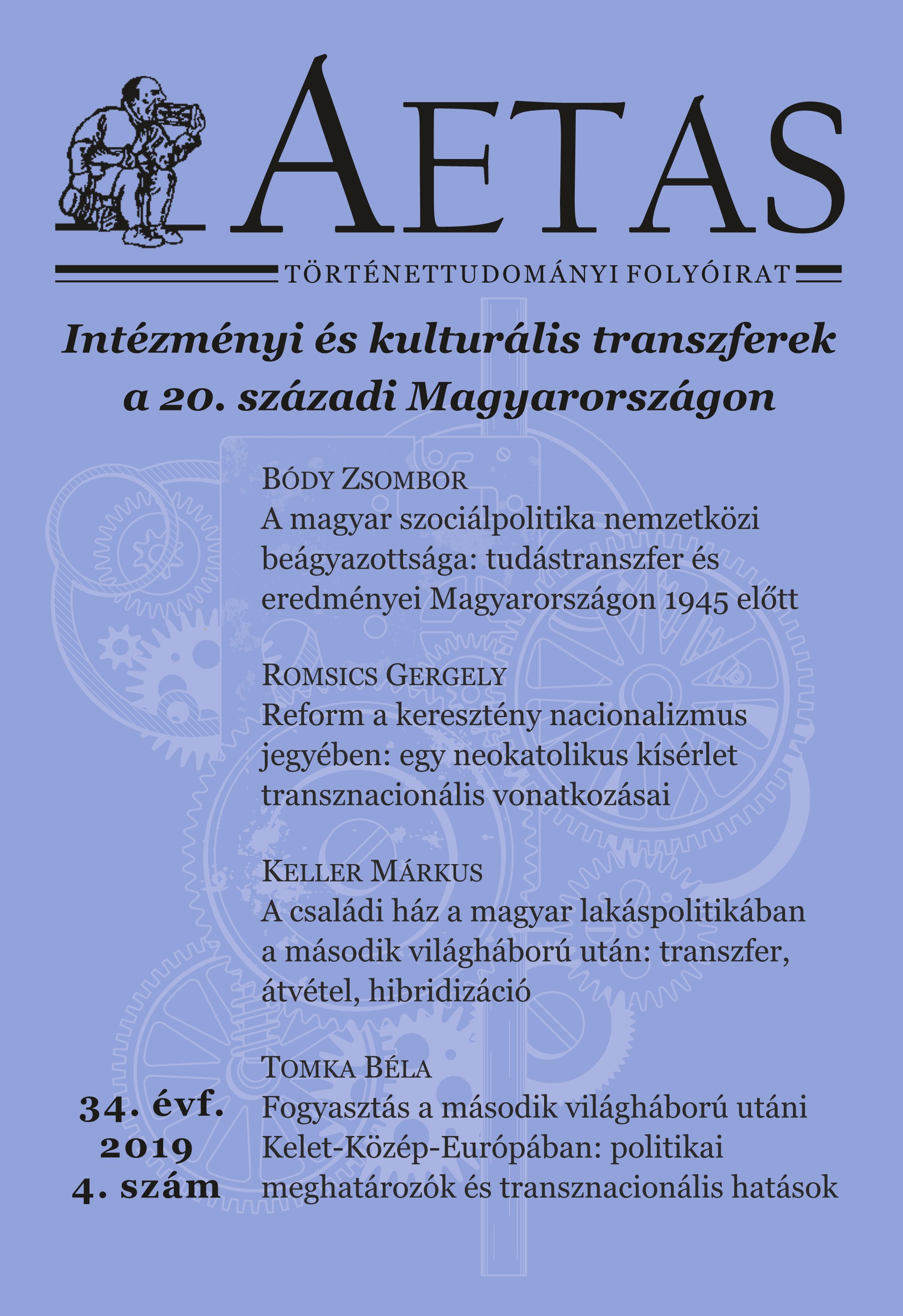
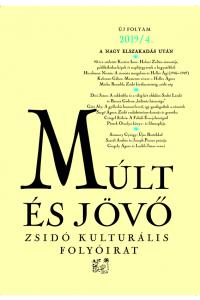
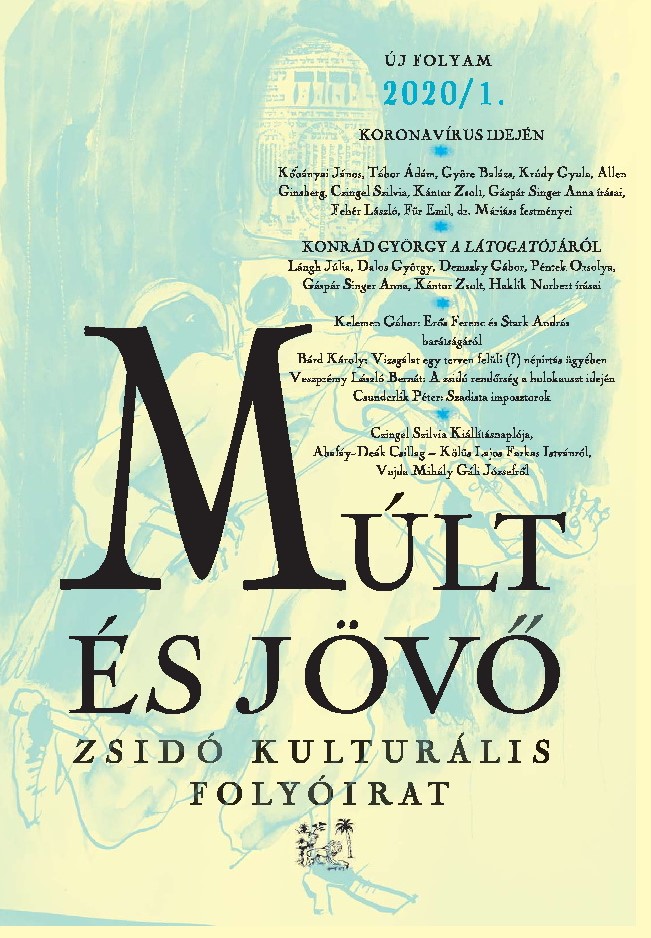

Béla Bodó: The White Terror. Antisemitic and Political Violence in Hungary, 1919–1921 London – New York, Routledge, 2019. 333 p.
More...